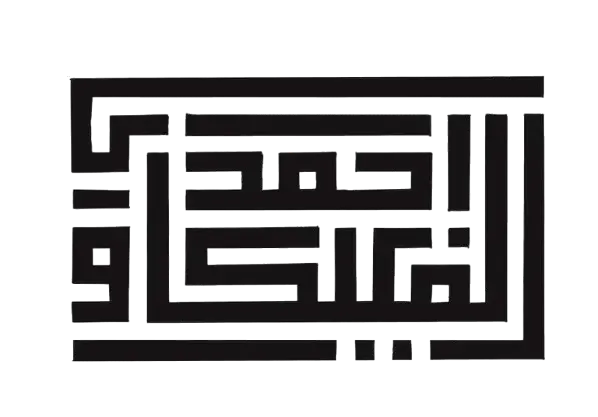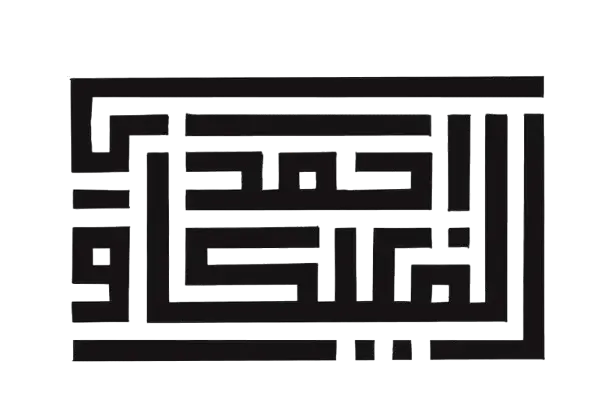Educational technologies constitute a complex process and an applied formulation of theoretical concepts. Educational authorities have therefore been keen to organize the learning environment, link educational technology to devices and tools, and employ human educational resources to modernize and develop education, as well as enhance teachers’ competencies to keep pace with technological advancements, which teachers must use appropriately and effectively. Developed countries have effectively invested in educational technology by enhancing teachers’ skills in using technology, computers with their devices and applications, and various educational media, as well as in producing such media.
In its modern concept, educational technology has contributed to providing all the tools and means aimed at improving teaching and learning methods, encouraging the use of innovative and renewable pedagogical approaches that create an effective educational environment enabling teachers to control learning outcomes, stimulate students’ interest, and consider their individual differences. Educational technology results from the interaction of several factors—devices, software, and ways of thinking—whose interplay shapes a new approach to the teaching–learning process, requiring the adoption of new strategies.
The rapid and successive development of technology has placed educational researchers in constant need of new instructional methods aligned with these advancements, helping learners acquire knowledge. The internet has played a major role in education, transforming educational concepts and introducing new terms into the pedagogical lexicon, such as computer-based software and technologies within the broader concept of educational technology. This has led to emphasizing the importance of technology at two main levels: in educational planning and curriculum development, and in shifting from a tactical to a strategic approach—making technology a core component of educational strategy rather than a partial solution to localized problems.
Applying educational technology in the educational field requires teachers’ full awareness of its nature and importance, their ability to adapt to new roles in dealing with it, and training academic staff to handle modern technologies and design and produce televised and computerized instructional materials, interactive radio, and more. Teacher preparation must therefore ensure they acquire the professional competencies needed to work with emerging educational technologies and keep up with continuous innovations.
The development of curricula and educational activities has enhanced the roles of teachers and learners, refined learners’ skills, and enabled them to face various life situations with confidence.
Today’s world increasingly relies on technology—particularly computers, multimedia programs, and the internet—in all aspects of life, especially in education. Effective approaches, such as the use of multimedia programs in education, have transformed computers from mere data storage tools into active teaching tools that integrate diverse media and internet resources.
Universities, as leading institutions in society, disseminate knowledge, prepare competent professionals, and contribute to innovations, discoveries, and advancements that support societal progress and welfare. Despite this, challenges remain in successfully integrating educational technology into teaching and learning due to the reluctance of some faculty members to adopt it as a primary teaching approach. Consequently, educational institutions have prioritized supporting the use of educational technology in higher education more than in other levels, based on the assumption that technology-enhanced education is more effective than traditional methods due to the vast flow of information and the need to store, retrieve, and reflect on it. Educational technology also promotes the development of students’ research, self-learning skills, and individualized learning, thus providing a more effective and impactful learning environment, which largely depends on faculty members’ attitudes toward its use in higher education.
Dr Ahmed Alfailakawi. All Rights Reserved © 2025


